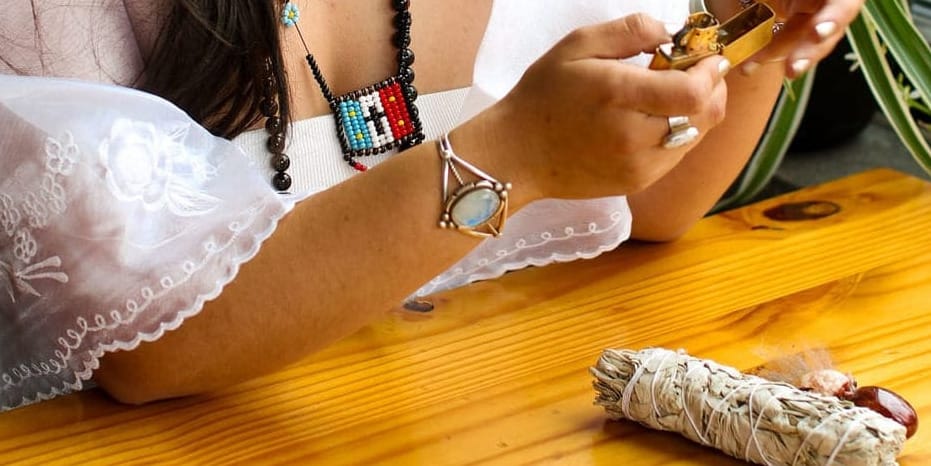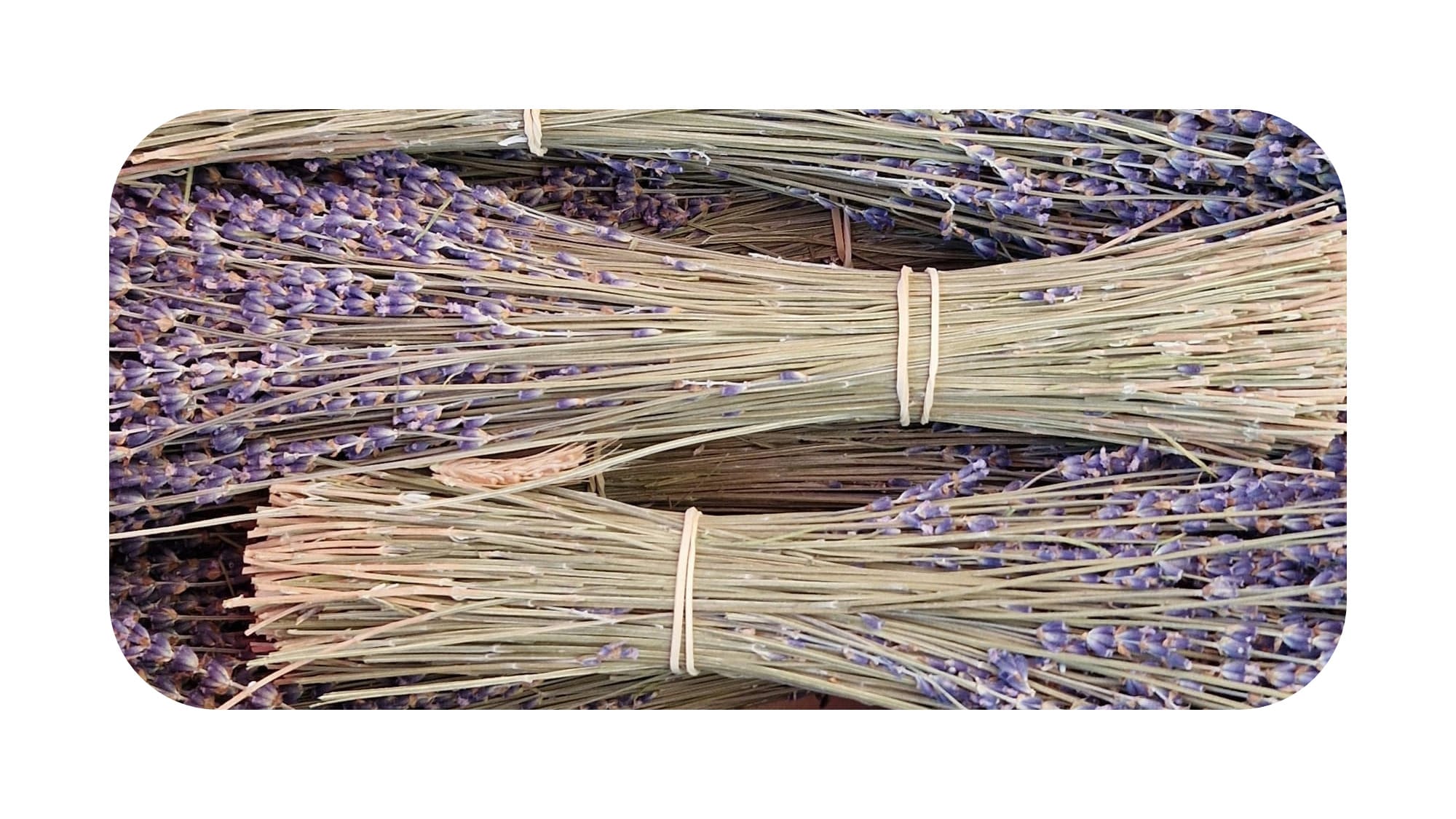Ceremonial Kinship with Plants - Smoke Medicine

Among Indigenous People across the Americas, smudging is a culturally specific act of ceremony.
While cultures vary in protocols, smudging is, at its core, about remembering and reclaiming relationships with traditional medicines, particularly our kinship ties to medicinal smoke plants.
The smoke medicine offered by our Plant Kin provides a way to maintain energetic hygiene and reawaken blood memory through scent and sensation.
Depending on the intention and the Plant Medicine, smudging helps to clear emotional or mental heaviness in a space or the body and even calls in spiritual energy to uplift prayers and bring healing.
Ultimately, smudging should be honored and respected as an act of prayer and kinship.
For non-Indigenous individuals, this may look like using alternative terms and medicinal plants that align with their cultures rather than engaging in co-optive behaviors that can be harmful.
Some Plant Kin for non-Indigenous relatives who seek to work with smoke medicine include:
- Pine
- Spruce
- Mugwort
- Rosemary
- Lavender
- Thyme
- Bay Leaves

Remember, while these Plant Kin have much to offer, the commercialization of Plant Medicines (including herbal medicine, smoke medicine, psychedelic medicine, and food medicine) has led to devastating consequences.
Ranging from cultural exploitation to overharvesting, the health and well-being of ecosystems, the Plant Kin, and the Indigenous communities that care for them suffer due to ignorance and negligence.
If you choose to engage in a relationship with medicinal plants from a specific culture other than your own, honor its lineage.
- Learn about the Indigenous Peoples holding deep relationships with the medicinal plant you seek to work with.
- Additionally, learn about the Native lands you live on and support any efforts by local Indigenous Peoples, organizations, businesses, and governments. Support can be through time, money, mutual aid, connections, and awareness-raising.
- Engage in ethical or (as Robin Wall Kimmerer says) honorable harvest.
- Share why you need the Plant Kin's medicine, harvest only what you require to ensure its health and well-being, and offer something in return, whether it be a song, a moment of deep gratitude, or the gift of tobacco.
- Try planting a garden of medicinal plants and share them freely with others who may need them.
- Open a sacred space by speaking a prayer that asks Spirit for assistance. During this prayer, share your intentions for the ceremony and thank the Plant Kin for being present.
Spiritual assitance can come from the cardinal directions, your ancestors, guides, or any other divine energies or beings you wish to call in.
- With gratitude, light the Plant Medicine and place it in a fire-safe, heat-resistant vessel. Once lit, run your hands in the smoke of the Plant Kin to ensure your hands are clear channels.
Traditionally, this is done with a match and abalone shell, but use what is accessible to you.
- Use a tool (your hands, a feather, or a fan-like object) to help move the smoke around the rest of your body or the space. Be sure to be in a well-ventilated area or have an open window or door to direct the energies carried by the smoke.
If you want to clear energies, try to get the entirety of the body or space, using your intuition to guide where to focus.
- Some key body areas include the bottom of the feet, between the legs, near the navel, lower back, under the arms, chest area near the heart, and the top of the head.
- Key areas in spaces include doorways, windows, mirrors, showers, and any areas where you may sleep or rest.
- Close the space with another prayer as you allow the Plant Medicine to burn out completely. In this closing prayer, reiterate your intentions for the ceremony, thank the Plant Kin for their Medicine, and show gratitude to any other Spirit helpers you called upon.

Thanks for reading INDIGENEXUS!⋆。𖦹°⭒˚。⋆
We are a reader-supported publication. Subscribe to join the community, receive new posts, and co-create this space.

Member discussion